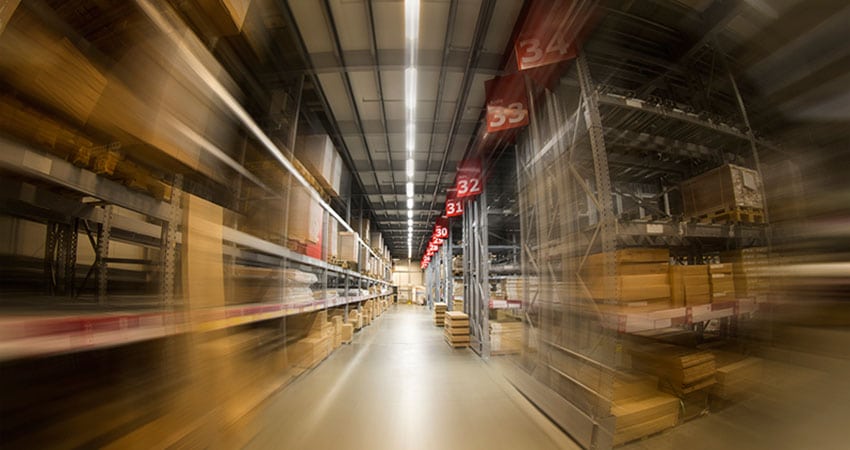Distribution centers and fulfillment centers need to hire an additional 226,000 warehouse workers each in 2018 and 2019 just to keep pace with demand, driven largely by perpetually booming ecommerce, according to a new report from commercial real estate firm CBRE.
This demand figure is more than 45,000 over the average of 180,300 new warehouse worker hires in the sector each year since 2013, according to CBRE.
Adding to this challenge is an unemployment rate at an 18-year low of 3.9% as of July, making labor scarce and driving up wages. CBRE estimates that a $1 increase in average hourly wages for a typical warehouse with 500 employees raises annual labor costs by more than $1 million. This figure is higher for high-production ecommerce operations, especially during peak season.
The options open to retail and ecommerce firms, delivery providers and third-party logistics firms, according to CBRE, are: Recruiting warehouse workers from other industries; investing in automation to enhance labor efficiency; or expanding into markets with a strong labor supply.
“Increasingly, development of ecommerce warehouses is contingent not only on close proximity to large customer populations but also on finding increasingly scarce labor,” said David Egan, Global Head of Industrial and Logistics Research for CBRE in a statement. “Warehouse users will want to ensure that access to qualified labor is a priority in their considerations for expansion. Several markets, especially those with strong population growth, offer ideal conditions for staffing up distribution centers.”
CBRE reached its projection of 226,000 new warehouse workers needed in 2018 and 2019 by applying a ratio of one employee per 1,000 square feet of ecommerce distribution space to its forecast for warehouse construction completions in the U.S. this year and next.
Automation, including robotics and autonomous vehicles as well as more standard technologies like pick-to-light, goods-to-person and automated storage and retrieval (ASRS), addresses the labor shortage by increasing efficiency. CBRE said industry measures cite productivity gains of up to 46% from warehouse automation. And government data shows a 66% increase in workers moving to transportation and logistics from other sectors between 2011 and 2015, ahead of any other industry.
Still, these measures aren’t sufficient to meet the labor shortfall, which is why companies need to put more effort into site selection for new facilities, whether owned or leased assets or through a 3PL partnership.
“Site selection for today’s warehouse users and developers is a complex exercise of weighing tradeoffs including speed to customer, transportation costs, location incentives, real estate economics and labor,” said Adam Mullen, Americas Leader for CBRE’s Industrial and Logistics business, in a statement. “The most intelligent site selection efforts never lose sight of the fact that labor accounts for more than 20% of total supply chain cost, and up to 75% in final-touch distribution. Its importance can’t be overstated.”

